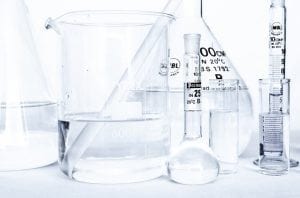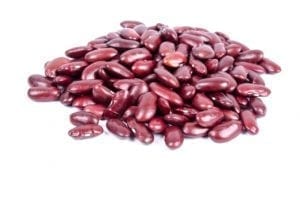In February 2023, I spoke with Dr. Allen Davidoff of XORTX Therapeutics Inc. (“XORTX”) about the company’s commitment to developing therapies for people living with progressive kidney disease. We spoke about oxypurinol (XORLOTM, formerly XRx-008) and how it could potentially transform the treatment landscape.
Well, it now seems like the FDA has recognized the therapy’s potential. XORTX recently shared that XORLOTM received Orphan Drug designation from the FDA. This designation is granted to drugs or biologics intended to treat, diagnose, or prevent rare conditions; these are conditions affecting fewer than 200,000 Americans. Benefits earned by the drug’s developer—in this case, XORTX—include fee waivers, tax credits, regulatory and protocol assistance, and seven years of market exclusivity upon the drug’s approval.
XORLOTM has shown promise in murine models of polycystic kidney disease. The treatment, a xanthine oxidase inhibitor, stops uric acid production. Excess uric acid can worsen the effects of xanthine oxidase in PKD.
The Basics of Autosomal Dominant Polycystic Kidney Disease (ADPKD)
Though rare, autosomal dominant polycystic kidney disease is the most common subtype of polycystic kidney disease (PKD), a genetic disorder which causes cyst formation in the kidneys. As fluid-filled cysts develop, the kidneys don’t work as well. This can lead to long-term damage. PKD1 or PKD2 gene mutations cause ADPKD. In many cases, people won’t realize that they have ADPKD until their 30s-50s, since that is when symptoms usually appear. If anyone in your family has ADPKD, you are at a higher risk of having it. Symptoms can include:
- Pancreatic and/or liver cysts
- Back, side, hip, and rib pain
- High blood pressure
- Abdominal distention
- Kidney stones
- Urinary tract infections (UTIs)
- Headache
- Hematuria (bloody urine)
- A fluttering or pounding in the chest
- Brain aneurysm
- Kidney failure
Current treatment options work to manage symptoms by relieving pain, lowering blood pressure, or treating infections. More treatments are needed to improve patient outcomes and maintain kidney function.








